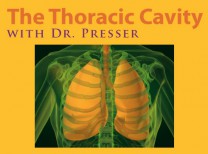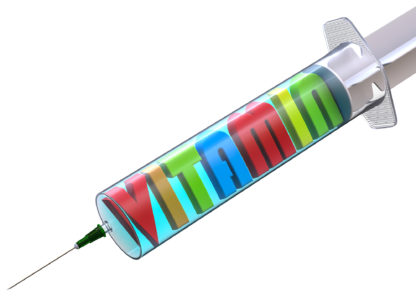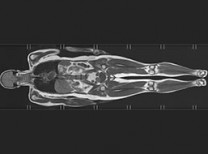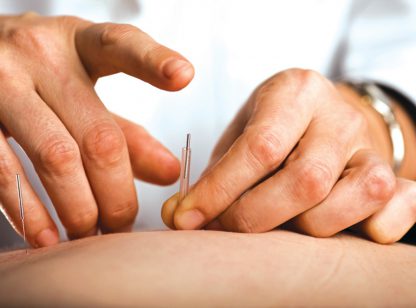Human Papillomavirus (HPV) is actually a group of more than 150 related viruses. HPV commonly presents as papillomas, or warts, commonly found on genitalia, but sometimes elsewhere. They are transmitted by skin-to-skin contact and are the most common sexually transmitted infection (STI) in the U.S. and Canada. About 79 million Americans are currently infected with HPV, with about 14 million people newly infected each year. HPV is so common that most sexually active men and women will get at least one type of HPV at some point in their lives. Fortunately, most cases of HPV resolve themselves and do not cause any health problems.
Some HPV types can lead to cancers, including throat, anal, penile, vaginal, and cervical cancers. HPV has been implicated in 99.7% of all cervical squamous cell cancer cases worldwide. Cervical cancer is the first cancer recognized by the World Health Organization (WHO) to be 100% attributable to an infection. In response, vaccinations to some of the more troubling strains of HPV have been developed.
Originally, two vaccines were developed: Gardasil which protects against types 6, 11, 16, and 18, and Cervarix which only protects against types 16 and 18. Recently, a new vaccine called Gardasil 9 was developed for the prevention of cancers caused by HPV (targeting those strands) and since the end of 2016, it is the only HPV vaccine distributed in the U.S. None of these vaccines clear infections already present and they do not prevent cancer, but they do purport to protect against future HPV infections to the above-mentioned strains respectively.
The Center for Disease Control (CDC) recommends two doses of HPV vaccine six to twelve months apart for teens 11 or 12 years old. The vaccine is recommended for women through age 26 and men through age 21.
Compliance for this particular vaccine has been the lowest of any in the regular schedule, partly because doctors haven’t been recommending it, and also due to the backlash response to an aggressive lobbying campaign by Merck, its creator. Merck also funded the original safety study, as well as most of the subsequent studies. In addition, the amount of aluminum used in Gardasil 9 is more than twice that used in the other vaccines, which is concerning given the known danger to human neurology as stated by the American Academy of Pediatrics in 1996.
In clinical trials, the two placebos used in the double-blind placebo-controlled phase II studies both contained aluminum, thus not factoring out the potential harm of aluminum. This approach was adopted for the subsequent safety studies, including phase III studies. To be fair, aluminum has been used for decades in vaccines. There have also been reports of death and the development of certain chronic pathologies following vaccination. The FDA and the CDC response is that they have not identified any themes implicating the vaccine in these adverse outcomes. Further, we won’t know for years if this vaccine has a positive impact on cervical cancer incidence.
There’s certainly much more to learn. I hope this challenges you to learn more on your own, from all perspectives. I encourage you to have a discussion with your health care provider and with your loved ones to decide if this immunization is right for you and your family.
Dr. Brian Myers is a naturopathic primary care doctor with a focus on pediatric and family health at Live Well Clinic in La Quinta. For more information visit www.livewellclinic.org or call (760) 771.5970.
References available upon request.

















































Comments (0)